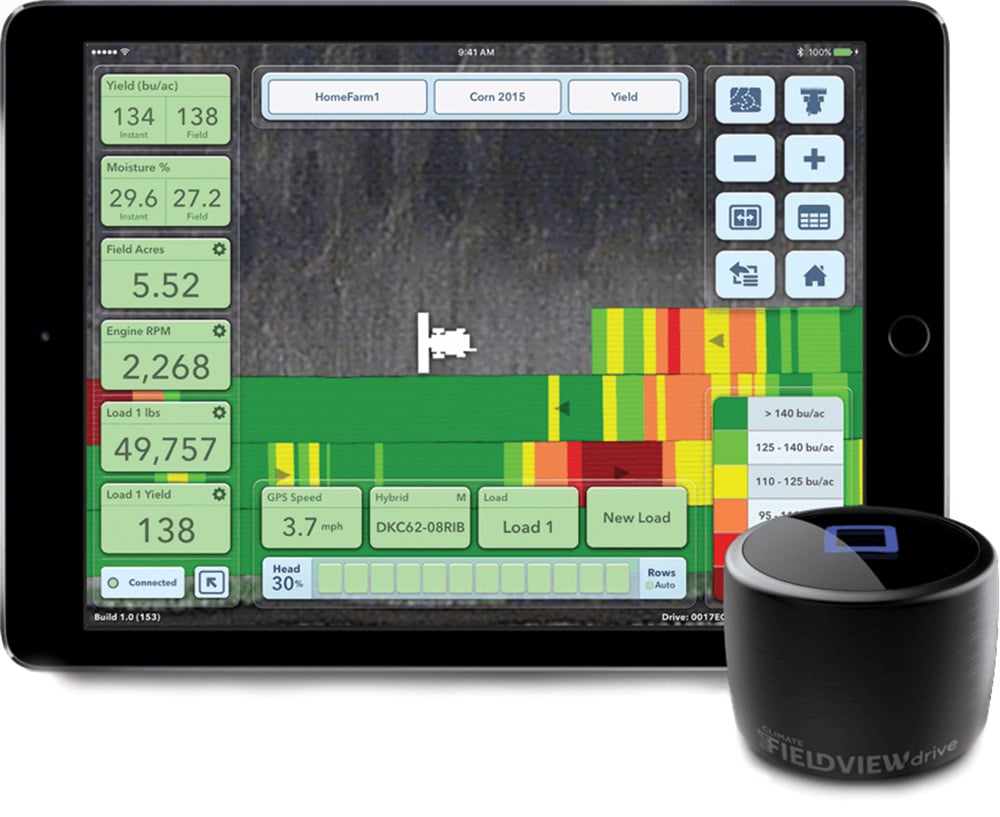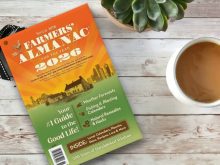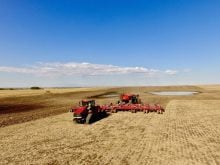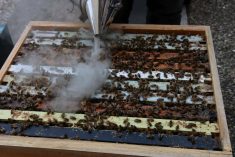It’s been a long time coming and in the works,” said Denise Hockaday, Canada business lead for The Climate Corporation. The Climate Corporation, a subsidiary of Monsanto, launched a new data service in the U.S. in 2015 and in Eastern Canada last year. Prairie farmers will have access to Climate FieldView for the first time in January 2018. “We’ve been working to make sure that the platform is relevant and of value,” Hockaday said.
The new service allows users to pull all of their data — weather data, machinery data, crop data — into one place so that it can be used to make cropping decisions more effectively.
Read Also

Cancer agency reclassifies another herbicide ‘probably carcinogenic’
The WHO’s cancer research agency has now put atrazine, a herbicide well known to corn growers, in the same potential-hazard category where the agency put glyphosate.
“It isn’t just another software product,” Hockaday said. “We’re bringing a platform to the marketplace which other folks that have areas of specialty can build on top of or partner with.”
For example, a company operating drones could use the maps and platform built into Climate FieldView to deliver images and scouting tips to farmer customers during the growing season.
“FieldView helps bring all the contextual information together,” Hockaday said. “It’s a neutral place to bring everything together.” Some of the companies with a Western Canadian presence that are already partnering with The Climate Corporation are Veris, TerrAvion and Conservis. Hockaday expects more companies to use the platform. “We continue to have ongoing discussions,” she said.
About 50 Western Canadian farmers tested the service during the 2017 growing season, to make sure the details made sense in a Western Canadian environment. Because Climate FieldView was first developed in the U.S., Hockaday said, “it was initially primarily used in a row crop situation.”
The details
This cost of Climate FieldView starts at $1,000 per farm, up to a maximum of $3,000 per farm. New users would get a starter kit, including a “drive” placed in the cab of the tractor to bring in all of the information. “It all happens instantly and live, while the tractor’s operating,” Hockaday says.
This price would also include a license for the year. To take full advantage, you would also need to have an iPad in the cab.
That’s the cost, but what’s the value? Hockaday gave the example of variable rate fertilizer. “Between five to 10 per cent of the market is using variable rate application,” she said. “It’s much smaller still for seed.” The numbers are low are farmers struggle to figure out what to variable rate and what rates to use. Platforms like Climate FieldView will simplify variable rate technology by “bringing your information into one spot.” Then, at the end of the season, having more data will tell you “if it worked or not.” That is, if making the management change helped you make a profit. “I can measure that with this platform at the end of the day,” Hockaday said.















